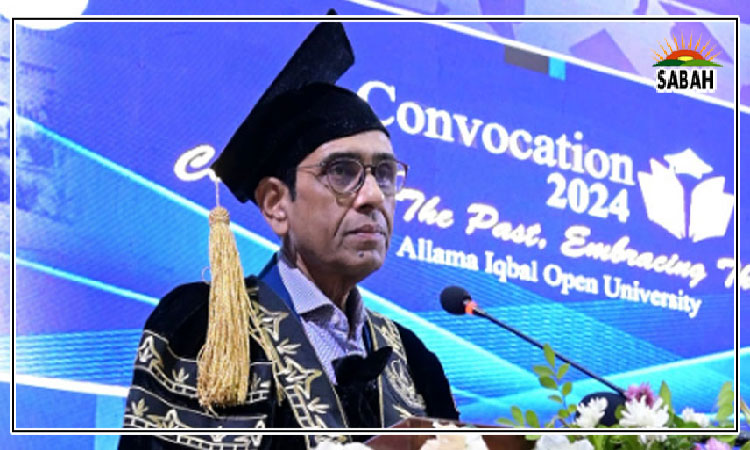Technology needs context…Zahra Mughis
Providing free laptops or tablets to schools or learners wont address the systemic educational inequalities in the country. Technology, by design, does not alter the fundamentals because its use and impact are contextual. It is the strategic adoption of technology that enables inclusion, benefiting the otherwise most disadvantaged. We need technology to power our educational efforts, but we need to think the process through first.
The technology-in-education discourse in Pakistan has gone mainstream twice over the last four years. First, the coronavirus pandemic helped create an understanding that the digital divide is a third-world problem, and that we need a robust technological infrastructure to support education for all. Second, the global Generative AI wave has given new hopes to techno-optimists.
Customized learning assistants and personalized curriculum, for everyone, everywhere now seem possible. However, we need more than optimism to implement Article 25A in letter and spirit through technology-in-education. Because the context of the crisis matters.
With more than 26 million out-of-school children and a learning poverty rate rounding at 75 per cent, Pakistan is subject to multifaceted educational inequalities. All out-of-school children do not represent a homogenous social or economic group. Similarly, there isnt a single exclusive explanation for why school-going children cant read age-appropriate text or do simple arithmetic. Some never attend school, others drop out for one reason or another. Some face resource constraints, some are bound by norms, and others are disadvantaged by design.
Mapping onto all that are the stark digital inequalities that are equally multidimensional and intersectional. There exist wide gaps in access to devices, connectivity, content, and communities that can address lack of schooling infrastructure, expensive textbooks, curricular barriers, poor administration, or shortage or quality educators.
Our universal connectivity score on the ICT Development Index is a mere 28.5 on a 0-100 scale with one of the widest gaps in mobile phone ownership globally. Or lets look at it in another way. The percentage share of children aged 3-17 in the poorest households with an internet connection at home is practically equal to zero. Basically, we do not meet the basic criteria for technology to enable education for all.
So, distributing laptops and tablets to teachers or students seems like a viable policy response. However, there is plenty of evidence to show that such interventions are not only costly but also inefficient. Devices without reliable and affordable internet connectivity are ineffective. Regular disruptions, deteriorating speed, and high costs plague the countrys telecom industry.
And this is only the tip of the iceberg. Even if we ensure universal connectivity, there will be groups of children that are excluded due to lack of social support. A very relatable example is the real-digital duality that shapes work and education choices for young girls where they face trade-offs between going to work or school or having access to social/public spaces and owning/using a digital device. This duality is not specific to any social or economic class. Lack of awareness, tech-aversion, and social norms transcend economic or urban-rural stratification in the country.
Community and socialization are a very important variable in this equation. Children with digital access without exposure to an environment where a mobile phone offers more than entertainment through videos, reels, or memes will remain educationally disadvantaged. Thats the difference between Meeru and Zainab. Both are six years old and attend low-fee private schools. They live in similar neighbourhoods in Lahore, have a smartphone in their house, and their parents have attended primary school. Their mothers have similar work profiles, too. However, Meeru tells that her mother lets her learn English vocabulary through YouTube videos, while Zainab only knows about drama videos available on the same app. The difference is clear and the disadvantage very unfortunate.
Add lack of necessary digital skills in adults and the problem becomes more complex. The situation is worse in pockets of low literacy and low schooling, particularly in remote areas where lack of awareness couples with language barriers and other social issues.
But can we not at least improve learning outcomes within the classroom if we cant reach all children even with seemingly ubiquitous technology? We can if we bring our teachers and educators to the table. Providing devices with pre-loaded content or offering network packages for real-time use will be effective if the teachers have required digital skills and pedagogical orientation.
For technology in education to address the worsening education challenges, it is important to understand the context of the disadvantages and work on the fundamentals. Policies without context further widen the gap and further exclude those already on the margins.
Infrastructural investment, increased network coverage and affordability, and teacher training are where it begins. There is a need to engage local communities as stakeholders, tailor solutions to their specific contexts, and curate an environment which fosters digital and educational access for all.
Courtesy The News












